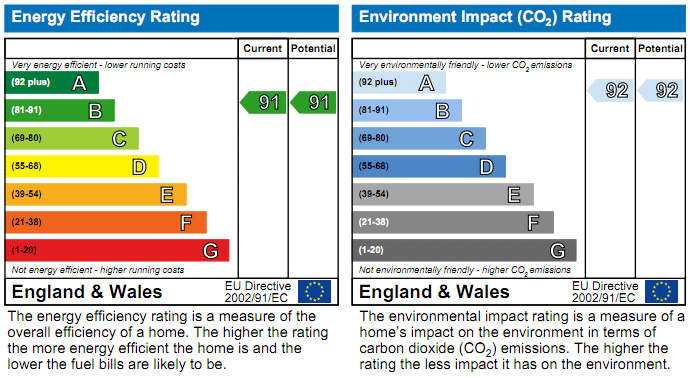
Farmers are being urged to check that all properties they are likely to re-let from 1 April 2018 have an energy rating of 'E' or better, due to changes in Energy Performance Certificates (EPCs) rules.
With just under 18 months until new rules come into effect, Andrew Fallows of rural estate agent Carter Jonas says these changes have been coming for a while as part of the 2008 and 2011 Energy Acts.
The Acts stipulate that all let properties must meet the standard by 2020, even if they have been in continual occupancy with the same tenant.
“This has the potential to create headaches for some landowners if they aren’t properly prepared,” says Mr Fallows.
“After April 2018 they won’t be able to let out a house with a rating lower than ‘E’ unless they have ‘made use of all available funding or subsidy to make all reasonable improvements’.”
He says landlords should start by getting assessments done of all their properties so a work schedule can be drawn up in good time and prioritised.

Alternatively, plans can be made to sell off any that will be too expensive to upgrade.
“Audits cost around £40 each and will pinpoint the efficiency issues that need addressing. Low cost measures include lighting and roof insulation, and cavity wall insulation is also fairly cheap.
“Expenses start rising when you are looking at new thermostats and boilers, heating systems, double glazing, wall cladding or renewable technologies.”
Mr Fallows adds that many improvements do attract grant funding but the application process can be time-consuming if a number of properties are involved.
“The most important point is to plan ahead so you aren’t left with empty properties and a backlog of work once the regulations come in.”
Upgrading properties
Adrian Cawood from The Agricultural Mortgage Corporation (AMC) says that while agricultural incomes remain depressed across some sectors, farms and estate owners can borrow to renovate if they want to avoid hitting cashflow.
“The cost to upgrade properties is usually anything from £25,000 to £100,000, so it is best to look for a standard loan that can be drawn down in phased tranches to dovetail with an overall working estate plan.
“It’s also wise to identify a longer term repayment loan that can fit in with the returns from the property.
“Usually the EPC improvements are carried out alongside some upgrading, and both result in an uplift in rental value and yield.”
Mr Cawood says the attraction in this record low-interest rate market is that the percentage increase in rent is more than the current rates of interest and a longer term loan of 20 years or more reduces contractual annual payments, increasing flexibility.
“In fact, current fixed rates might allow the estate owner and manager to lock into a profit on the project from day one over the term of the loan, so increasing the cash available.
“Just make sure terms are flexible so borrowers don’t face undue penalties should early repayment be desirable.
“Finally, check the review process – is an annual meeting required to review the loan, or does the lender basically leave you to get on with it provided you continue to meet payments?”
